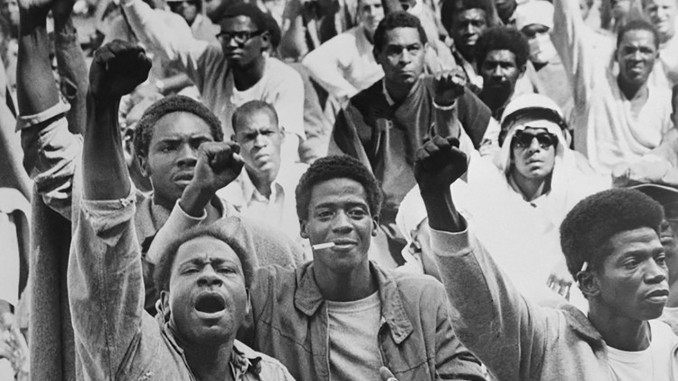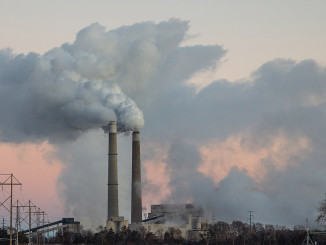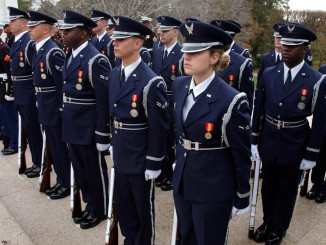
Today the coronavirus is officially responsible for over 100,000 cases and the deaths of more than 900 people imprisoned in the United States. Prisoners who are infected with the virus have been moved into facilities without known cases, causing widespread outbreaks. Quarantine is impossible due to overcrowded conditions.
The inhumane conditions facing those locked in prisons across the U.S. are not new. Decades ago, the Civil Rights and Black Power Movements generated a spirit of revolt that rippled throughout U.S. society, and included a fight against the intolerable conditions that prisoners faced.
The 1971 murder of George Jackson by prison guards in San Quentin State Prison in California was the spark that unleashed the anger in prisons across the country. Jackson was a Black revolutionary who had joined the Black Panther Party, while serving an indeterminate sentence of one year to life for involvement in a robbery when he was 18. The uprising in the Attica Correctional Facility in New York in September of 1971 was an important part of this wave of outrage.
Conditions in Attica were horrendous. A facility built for 1,200 was crammed with 2,225 inmates. Prisoners had only one shower per week and one roll of toilet paper per month. About 54 percent of the inmates were Black, but all of the prison guards were white. Racism and violence were a regular part of life in Attica.
On September 9, 1971, prisoners freed an inmate who was to be detained in his cell. Then more than 1,000 prisoners took control of the prison, taking 42 staff hostage. The prisoners said: “We are men! We are not beasts and we do not intend to be beaten or driven as such. The entire prison populace, that means each and every one of us here, have set forth to change forever the ruthless brutalization and disregard for the lives of the prisoners here and throughout the United States. What has happened here is but the sound before the fury of those who are oppressed.”
The prisoners organized into committees for security, food distribution, waste disposal, protection of the hostages, and a negotiations team. Despite past racial tensions in the prison, there was a sense of unity. One Black striker said, “I never thought whites could really get it on…I actually cried it was so close, everyone so together.”
Negotiations were held in an open and democratic manner with prisoner representatives relaying information to the other prisoners in the yard. Despite widespread international attention and support, prison officials refused to budge on the question of prisoner demands. Those in power did not want the example of this prison uprising to continue, inspiring others to join the struggle.
After four days of negotiations between inmate representatives and prison officials, Nelson Rockefeller, the Governor of New York, who had refused to participate in negotiations, ordered the retaking of the prison. Police were mobilized with shotguns, high caliber rifles and tear gas. No warning was given. They opened fire on those in the prison yard.
Their vicious onslaught resulted in the deaths of 33 prisoners, the wounding of another 85, and the deaths of ten guards and prison employees. Some of the leaders were targeted and were shot while surrendering. Survivors were beaten with nightsticks and forced to crawl naked through broken glass. The press was banned from the area and only learned of the brutality through leaked reports by police and survivors. The Attica prison uprising showed the potential for people to come together and fight for justice and basic human dignity, even in the worst conditions. For this reason, Attica remains a symbol of resistance, an example to be remembered and honored to this day.




